
Filter News
Area of Research
- (-) Materials (68)
- (-) Supercomputing (22)
- Advanced Manufacturing (5)
- Biological Systems (5)
- Biology and Environment (4)
- Building Technologies (2)
- Chemistry and Physics at Interfaces (4)
- Clean Energy (73)
- Climate and Environmental Systems (1)
- Computational Biology (1)
- Energy Frontier Research Centers (6)
- Fossil Energy (1)
- Fuel Cycle Science and Technology (1)
- Functional Materials for Energy (4)
- Geographic Information Science and Technology (1)
- Isotope Development and Production (1)
- Materials Synthesis from Atoms to Systems (3)
- Materials Under Extremes (4)
- National Security (1)
- Neutron Science (19)
- Nuclear Science and Technology (12)
- Nuclear Systems Modeling, Simulation and Validation (1)
- Quantum Condensed Matter (1)
- Reactor Technology (1)
- Renewable Energy (1)
- Sensors and Controls (2)
- Transportation Systems (3)
News Type
News Topics
Media Contacts
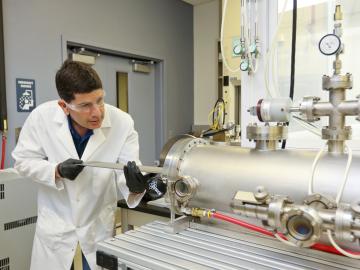
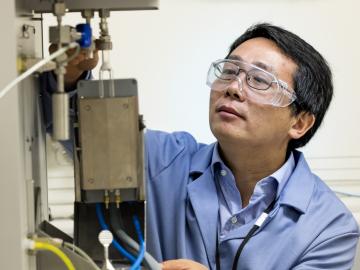
Zili Wu of the Department of Energy’s Oak Ridge National Laboratory grew up on a farm in China’s heartland. He chose to leave it to catalyze a career in chemistry. Today Wu leads ORNL’s Surface Chemistry and Catalysis group and conducts research at the Center for Nanophase Materials ...

The U.S. Department of Energy’s Oak Ridge National Laboratory today unveiled Summit as the world’s most powerful and smartest scientific supercomputer.

The Department of Energy’s Oak Ridge National Laboratory is now producing actinium-227 (Ac-227) to meet projected demand for a highly effective cancer drug through a 10-year contract between the U.S. DOE Isotope Program and Bayer.

Scientists at the Department of Energy’s Oak Ridge National Laboratory are the first to successfully simulate an atomic nucleus using a quantum computer. The results, published in Physical Review Letters, demonstrate the ability of quantum systems to compute nuclear ph...
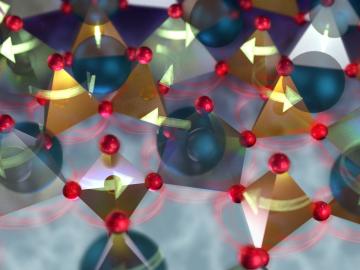
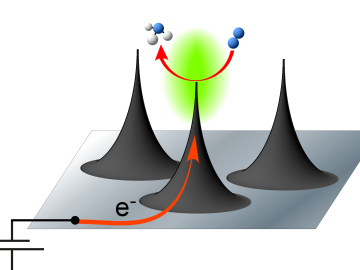
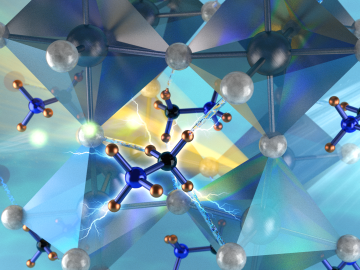

A scientific team led by the Department of Energy’s Oak Ridge National Laboratory has found a new way to take the local temperature of a material from an area about a billionth of a meter wide, or approximately 100,000 times thinner than a human hair. This discove...
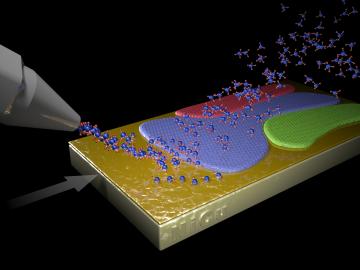
A new method to produce large, monolayer single-crystal-like graphene films more than a foot long relies on harnessing a “survival of the fittest” competition among crystals. The novel technique, developed by a team led by Oak Ridge National Laboratory, may open new opportunities for growing the high-quality two-dimensional materials necessary for long-awaited practical applications.


